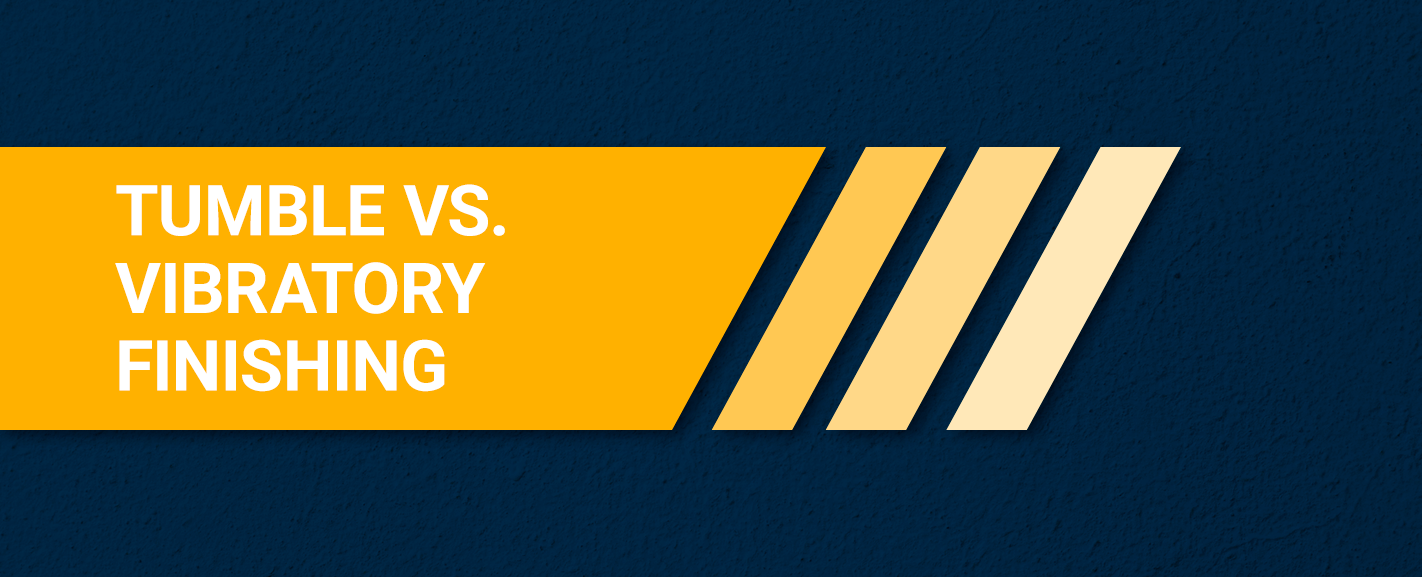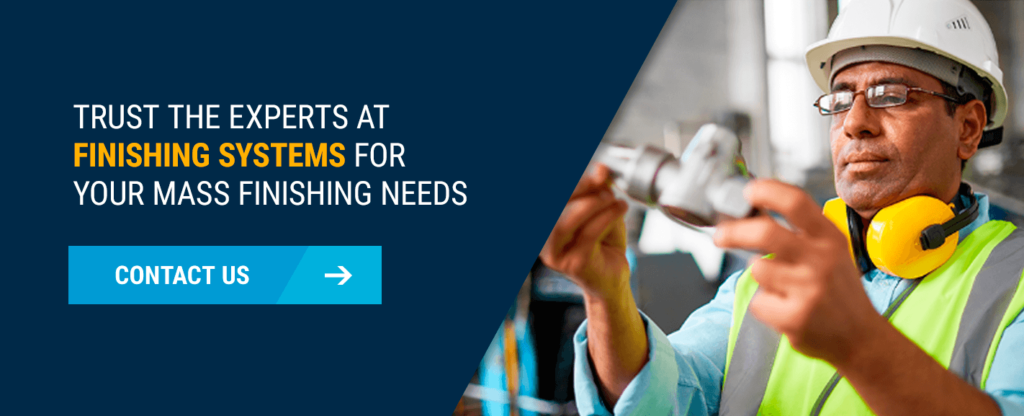Tumble vs. Vibratory Finishing: Are You Using the Right One?
When it comes to the metal finishing industry, the concept of "mass finishing" plays a critical role in efficiently processing large volumes of parts at once. Mass finishing is widely used for tasks like deburring, burnishing, rust and scale removal, and enhancing the appearance and polish of components. Among the most common types of mass finishing are tumble finishing (also known as barrel finishing) and vibratory finishing. These two processes differ significantly in their mechanisms, applications, and outcomes. Understanding these differences is essential for manufacturers looking to optimize their production processes. Whether you're working with delicate components or heavy-duty industrial parts, choosing the right finishing method can make all the difference in achieving the desired quality and efficiency. Tumble finishing, often likened to rocks tumbling down a hill, involves placing parts inside a rotating barrel filled with abrasive media and compounds. As the barrel rotates, the parts tumble over one another, creating friction that helps remove burrs and refine surfaces. This method is particularly effective for aggressive deburring and preparing parts for further finishing stages. While tumble finishing equipment can be simpler and more affordable compared to some other options, it does have its limitations. For instance, the tumbling motion can sometimes lead to surface indentations or uneven wear on the parts. Despite these drawbacks, tumble finishing remains a reliable choice for certain applications where consistency and affordability are priorities. Vibratory finishing, on the other hand, operates by vibrating a tub or bowl containing parts, media, and compounds. This vibration generates a continuous grinding action that effectively removes burrs, polishes surfaces, and cleans parts. Vibratory finishing is highly versatile, supporting both wet and dry processes depending on the application's requirements. Wet vibratory finishing, which uses water, is particularly favored for its ability to produce cleaner and more polished results. Additionally, the water used in this process can be recycled, reducing environmental impact. Vibratory finishing is also known for its adaptability to a wide range of materials, including ceramics, plastics, steel, aluminum, and copper. While vibratory finishing has gained popularity for its advanced capabilities and adaptability, tumble finishing still holds its ground in specific scenarios. Vibratory finishing excels in applications requiring smooth finishes, tight tolerances, and high-volume production. Its compatibility with automation makes it a cost-effective solution for modern manufacturing environments. However, tumble finishing remains a solid choice for operations where simplicity, affordability, and robust performance are key considerations. Despite taking longer to complete tasks, tumble finishing systems generate less wear on abrasive media, offering long-term cost savings. That said, the risk of surface damage from the tumbling action is something to keep in mind when selecting the appropriate finishing method. At Finishing Systems, we pride ourselves on providing comprehensive solutions for all your mass finishing needs. Our team specializes in vibratory finishing, offering top-tier equipment and expert advice tailored to your specific requirements. Whether you're seeking to enhance product quality, streamline operations, or explore new possibilities in finishing technology, we're here to guide you every step of the way. For more information about our products, services, or custom solutions, feel free to reach out. Trust Finishing Systems to help you achieve superior results through innovative finishing technologies. Frp Rebar,Frp Plastic Rebar,High Strength Frp Rebar,High Strength Fiberglass Rebar Nantong Shengrui Composites Co.,Ltd , https://www.frpsr.com
Tumble vs. Vibratory Finishing: Which Method Should You Choose?
Last Updated: December 22, 2023
Understanding Tumble Finishing
Advantages of Tumble Finishing
Exploring Vibratory Finishing
Key Benefits of Vibratory Finishing
Comparing Tumble and Vibratory Finishing
Partner with Finishing Systems for Expert Guidance
